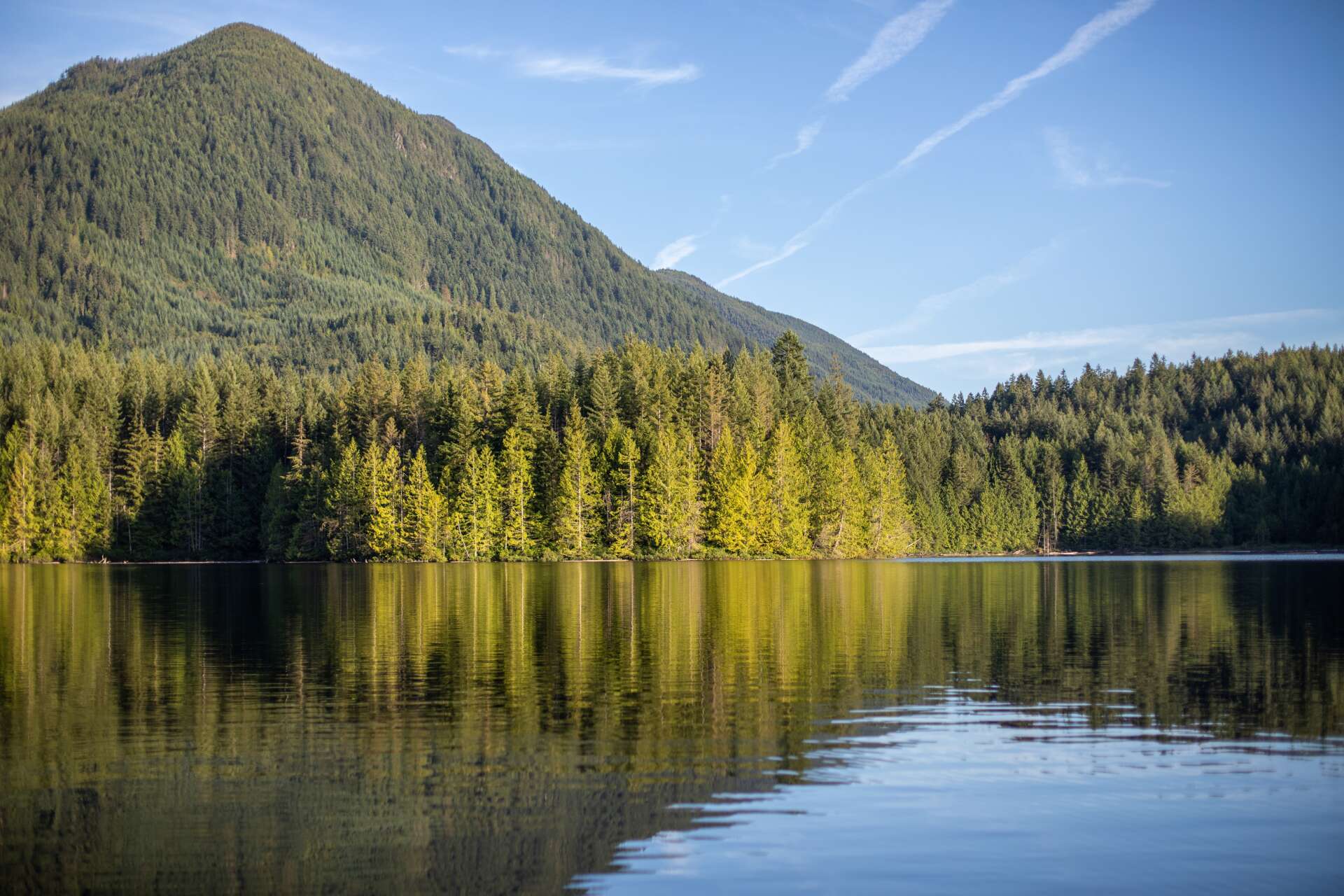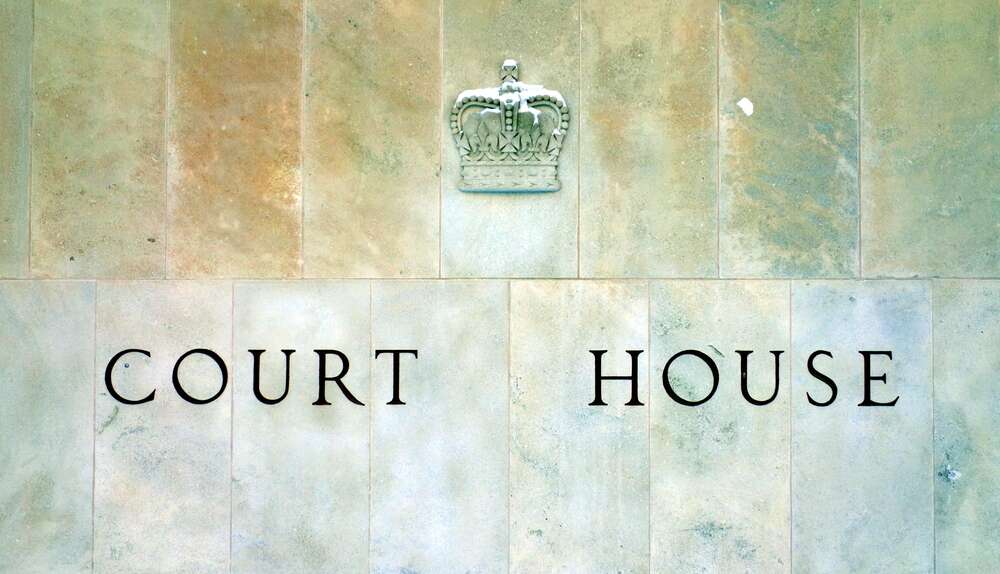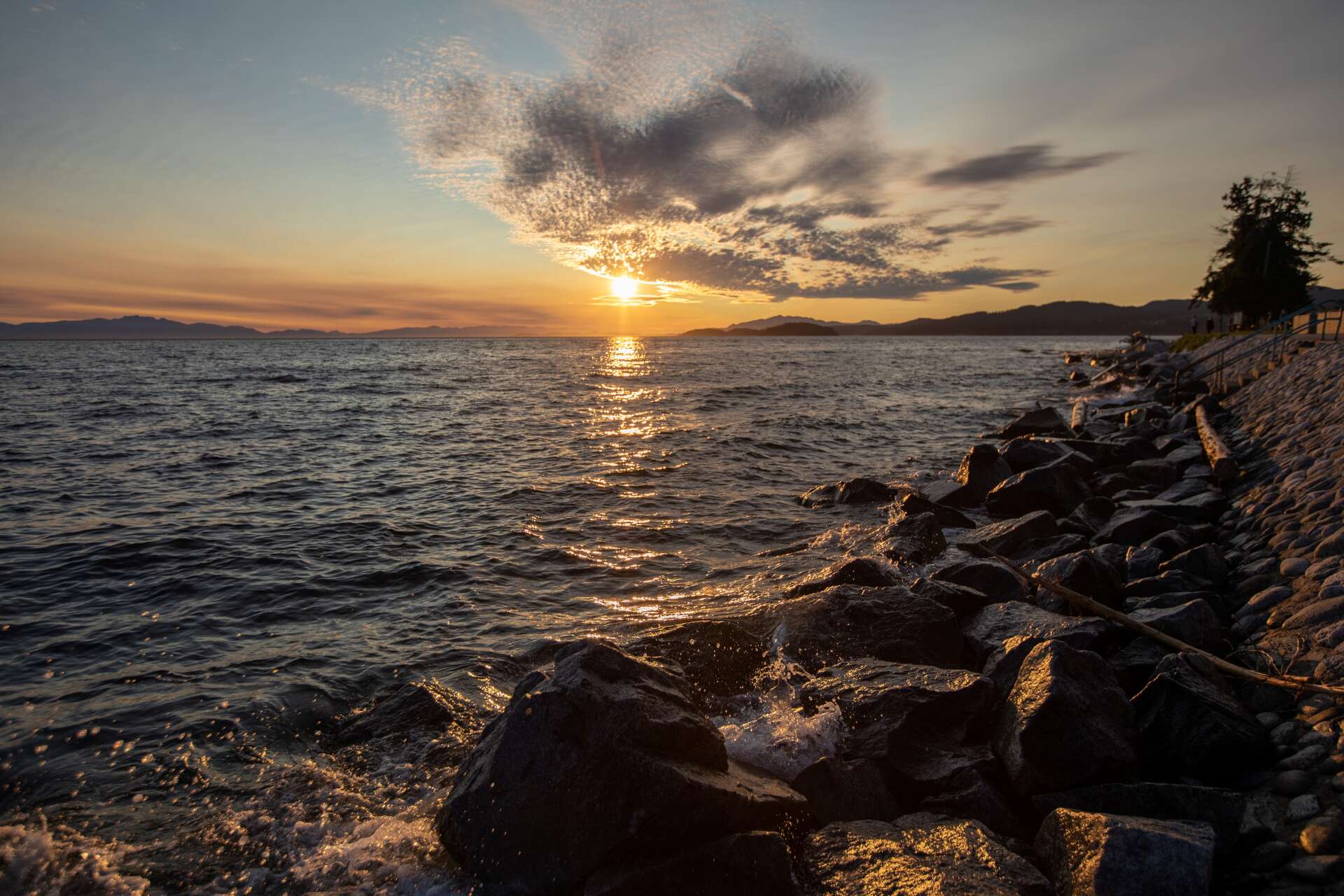Despite repeated commitments to advancing meaningful reconciliation, Canadian courts and governments have been hesitant to recognize the full scope of Indigenous rights in relation to marine spaces.
This fall, the Ontario Court of Appeal considered the test for Aboriginal title and submerged lands in Chippewas of Nawash Unceded First Nation v. Canada. The decision provides important insights into the challenges and possibilities faced by Indigenous groups whose territories include waters and submerged lands.
Aboriginal Title & Dry Lands
Canadian courts recognize Indigenous Peoples have a unique property interest in lands they used and occupied prior to colonization and the Crown’s assertion of sovereignty. This interest, referred to as ‘Aboriginal title,’ is recognized and protected under the Constitution Act, 1982.
The test for Aboriginal title established by the Supreme Court of Canada requires the Indigenous group to demonstrate that it exclusively used and occupied the lands in question prior to the assertion of Crown sovereignty.
Aboriginal title provides the title-holding group with the exclusive right to use, control and benefit from lands subject to title. Unlike other forms of land ownership, Aboriginal title is held collectively by all members of the title-holding group for both present and future generations and cannot be sold or surrendered other than to the Crown.

What It’s About
The Chippewas of Nawash Unceded First Nation and the Saugeen First Nation (together, the Saugeen Ojibway Nation, or SON) sought a declaration of Aboriginal title to portions of the lakebed in Lake Huron and Georgian Bay within the Great Lakes in Ontario. The claim area included waters which are currently used by the Crown and third parties for recreation, transportation, and commercial purposes.
At trial, SON sought to demonstrate that it exclusively used and occupied the claim area when the Crown first asserted sovereignty in 1763. SON relied on evidence of its historic and present-day fishing practices and its spiritual connection to the waters of the Great Lakes, including its responsibility to protect and care for the waters for its future generations.
What the Court Said
The trial judge concluded that SON had failed to provide sufficient evidence that the claim area was exclusively used and occupied by SON in 1763. The Court further held that the waters in the Great Lakes were subject to the public right of navigation, which was incompatible with the exclusive nature of Aboriginal title.
On appeal, the Ontario Court of Appeal upheld the majority of the trial judge’s findings, but granted SON’s request that the matter be remitted back to the trial judge to determine whether Aboriginal title could be established to a limited portion of the claim area after further evidence and submissions.
The Court of Appeal held that it was unnecessary to determine whether the public right of navigation was incompatible with Aboriginal title. Instead, the Court held that the issue would only need to be assessed if SON was able to satisfy the test for Aboriginal title to some or all of the claim area.
Why It Matters
Canada has the longest coastline of any country in the world, along with a significant number of freshwater lakes and river systems. These waterways have always been vital to Indigenous peoples’ cultures, economies, and ways of life. Despite the importance of marine spaces, Canadian courts and governments have yet to establish a clear framework for the legal recognition and protection of Indigenous peoples’ rights regarding waters and submerged lands.
The Court of Appeal’s decision in Chippewas of Nawash affirms that the test for Aboriginal title to dry lands always applies to submerged lands. The decision also highlights the significant evidentiary challenges faced by First Nations seeking to establish Aboriginal title to lands under water, particularly when those waters were historically used by other Indigenous groups, or are now used by others for commercial or recreational activities.
The Court of Appeal in Chippewas of Nawash does not provide a definitive answer to the question of how Aboriginal title can coexist with the public right of navigation. Importantly, however, the decision does clarify that the mere existence of navigable waters within the claim area should not be used as a basis to foreclose the possibility of a declaration of title.
Looking Ahead
There is no question that Indigenous peoples have always used marine spaces, and that in many cases, water bodies remain a critical component of their culture and identity.
The logistical and conceptual issues associated with Aboriginal title and marine spaces are legitimate. However, practical challenges do not provide a basis for the Crown to circumvent its obligations to deal honourably with Indigenous peoples. On a principled level, Indigenous peoples whose territories include coastal and marine spaces should not be left without access to the same constitutional protections as Indigenous groups whose territories are comprised entirely or mostly of dry land.
The question for Canadian courts and governments should not be whether Aboriginal title can exist in relation to such spaces. Rather, the question should be what steps need to be taken to ensure title is recognized and honoured in a way that reflects and honours Indigenous peoples’ longstanding relationships and responsibilities to their waters.

First Peoples Law LLP is a law firm dedicated to defending and advancing the rights of Indigenous Peoples. We work exclusively with Indigenous Peoples to defend their inherent and constitutionally protected title, rights and Treaty rights, uphold their Indigenous laws and governance and ensure economic prosperity for their current and future generations.
For more First Peoples Law analysis, visit our blog
Sign up for our First Peoples Law Report
Kate Gunn is partner at First Peoples Law LLP. Kate completed her Master's of Law at the University of British Columbia. Her most recent academic essay, "Agreeing to Share: Treaty 3, History & the Courts," was published in the UBC Law Review.
Contact Kate and connect with her on LinkedIn and Twitter
